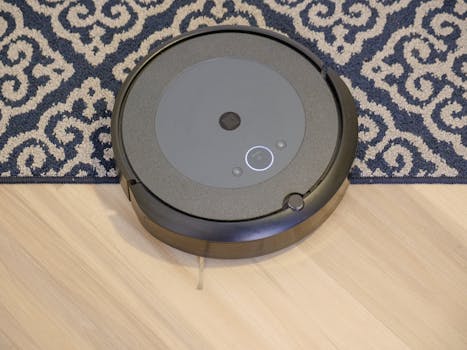
Smart Homes and Smart Living: The Technological Transformation of European Homes by 2025
Smart Homes and Smart Living are revolutionizing the way we live in our homes. With the advent of technology, European homes are becoming smarter, more efficient, and sustainable. By 2025, the European home landscape will be transformed, with cutting-edge technology integrated into every aspect of our lives.
Introduction to Smart Homes and Smart Living
Smart homes and smart living refer to the use of technology to automate and control various aspects of our homes, making our lives easier, more convenient, and sustainable. This includes lighting, heating, cooling, security, entertainment, and even kitchen appliances. With the help of smart devices, we can remotely control and monitor our homes, receive notifications, and even automate tasks.
Technological Advancements in Smart Homes
The technological transformation of European homes is driven by several factors, including the Internet of Things (IoT), artificial intelligence (AI), and the increasing demand for energy efficiency and sustainability. Some of the key technological advancements in smart homes include:
- IoT devices, such as smart thermostats, smart lighting, and smart security cameras
- AI-powered virtual assistants, such as Amazon Alexa and Google Assistant
- Smart home hubs, such as Samsung SmartThings and Apple HomeKit
- Energy-efficient solutions, such as solar panels and energy storage systems
Benefits of Smart Homes and Smart Living
The benefits of smart homes and smart living are numerous. Some of the most significant advantages include:
- Increased convenience and comfort
- Improved energy efficiency and sustainability
- Enhanced security and safety
- Automated tasks and reduced maintenance
- Personalized experiences and customized settings
Challenges and Limitations of Smart Homes
While smart homes and smart living offer numerous benefits, there are also some challenges and limitations to consider. Some of the most significant challenges include:
- High upfront costs and investment
- Complexity and technical difficulties
- Security and privacy concerns
- Interoperability and compatibility issues
- Dependence on technology and potential for failure
Future of Smart Homes and Smart Living in Europe
By 2025, the European home landscape will be transformed, with smart homes and smart living becoming the new norm. Some of the trends and predictions for the future of smart homes in Europe include:
- Increased adoption of IoT devices and AI-powered virtual assistants
- Growing demand for energy-efficient solutions and sustainable living
- Expansion of smart home hubs and integrated systems
- Improved security and privacy measures
- More personalized and customized experiences






